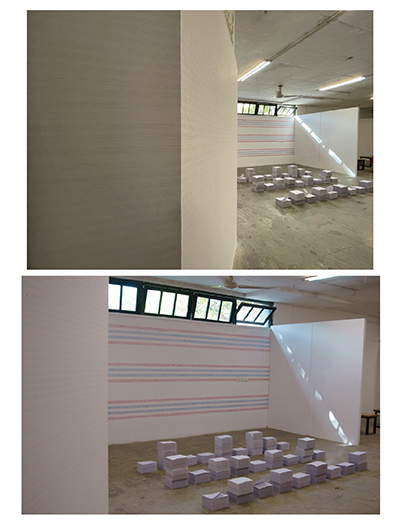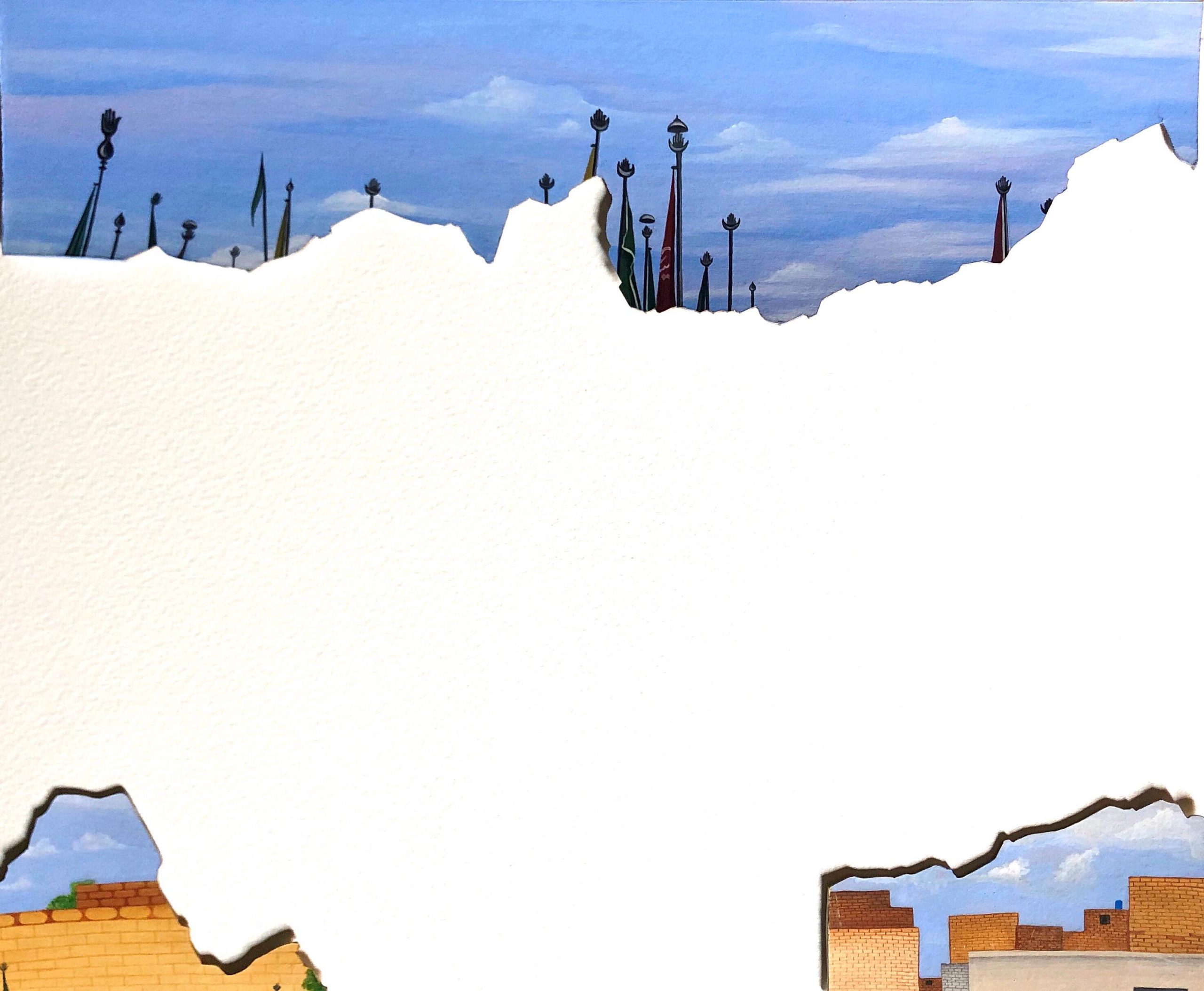Systems Control
Violence is not new to Karachi. Between 2010 and 2015, the city experienced the worst outbreaks of violence it had seen in over a decade (SWJ, 2023). In 2012, more than 2,000 people were killed, with conflict driven by ethnic and political tensions (DAWN, 2013). The city became a volatile mix of targeted killings, bomb blasts, gang warfare, land grabbing, drug trafficking, extremism, poverty, and a rapidly growing population due to economic migration. Violence became so pervasive that The Express Tribune, a country-wide newspaper, began publishing a daily ‘Crimes and Miscellaneous Map’, for the Karachi section, tracking various forms of turmoil across the city.
The artworks included in this section reflect this experience of living with uncertainty. They do not aim to propose solutions to the city’s governance challenges, rather, they focus on how Karachi’s residents manage these conditions. Our students explore the everyday strategies and practices through which people anticipate, adapt to, and survive in a city where infrastructural risks are ever-present. These works offer micro narratives and stories that are coming from students’ own personal and physical experiences.




























































































































